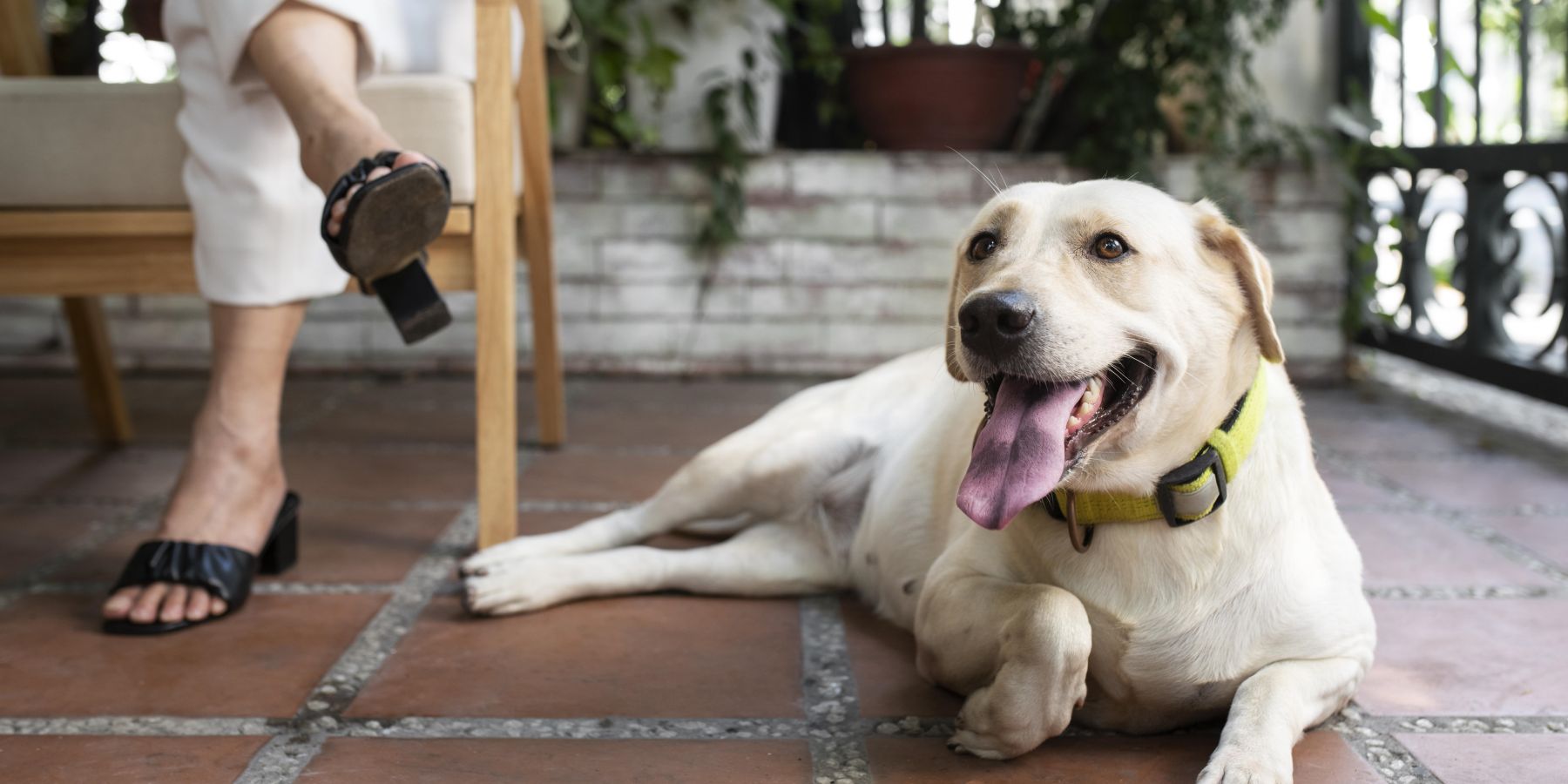If your dog is an anxious panter, you know how distressing it can be for both of you. Understanding how to calm a panting dog whose panting stems from anxiety is essential for their wellbeing. This 600-word guide offers easy-to-follow strategies to help you soothe your furry friend’s nerves.
Recognizing Anxiety-Induced Panting
Before learning how to calm a panting dog, it’s important to recognize anxiety-induced panting. Signs include panting without physical exertion, accompanied by other symptoms like pacing, whining, or hiding.
Identifying the Triggers
Identify what triggers your dog’s anxiety. Common causes include loud noises, new environments, separation, or changes in routine. Understanding these triggers is the first step in how to calm a panting dog effectively.
Creating a Safe Space
A safe, quiet space can significantly reduce anxiety-induced panting. This could be a crate, a special room, or a cozy corner with their favorite toys and blankets. Make this space a positive, peaceful haven for your dog.
Calming Techniques
There are several techniques for how to calm a panting dog:
- Gentle Petting and Soothing Words: Calm, gentle petting and speaking in a soothing tone can reassure your dog.
- Breathing and Relaxation Exercises: Mimic calm breathing patterns for your dog to follow. Dogs often mirror their owner's behavior.
- Distraction with Toys or Treats: Engaging in play or offering treats can redirect their focus from the source of anxiety.
Incorporating Routine and Exercise
Routine and regular exercise are crucial in how to calm a panting dog with anxiety. A consistent schedule provides a sense of security, while exercise helps in expending pent-up energy and stress.
Desensitization and Counter-Conditioning
Slowly and safely exposing your dog to their fear triggers while offering positive reinforcement can help in reducing their anxiety. Pair the presence of the trigger with something pleasant, like treats or play.
Use of Calming Aids
Consider using calming aids as part of your strategy on how to calm a panting dog:
- Pheromone Diffusers or Sprays: These mimic calming pheromones and can help soothe your dog’s nerves.
- Calming Apparel: Items like weighted vests or anxiety wraps can provide a sense of security.
- Calming Supplements: Consult your vet about supplements that can help manage anxiety.
Professional Help
If your attempts at how to calm a panting dog are unsuccessful, seek help from a professional. A vet or a dog behaviorist can offer tailored advice and potential treatments, including behavioral therapy or medication.
Conclusion
Dealing with an anxious dog requires patience, understanding, and consistency. By using these strategies on _how to calm a panting dog, you can help your pet overcome their anxiety and lead a happier, more relaxed life. Remember, every dog is unique, and what works for one may not work for another. Stay attuned to your dog's needs and consult with professionals if needed to ensure the best care for your canine companion.


